The impending release of Photos for OS X and the new iCloud Photo Library make Apple's commitment to the cloud more important than ever before. But the company's current iCloud storage options are confusing to the average user and remain a significant hurdle it must find a way to address.
Despite Apple's tremendous success, Web services continue to lag behind its competitors, namely Google. From personal experience, it seems as though family members and coworkers regularly come to me with questions about iCloud storage and backup or worse, ignore the warning messages on their iPhone altogether.
People seem downright confounded by iCloud, and that's a problem for Apple.
The upgrade conundrum
The main problem? The 5-gigabyte free iCloud tier is a joke, and once iCloud Photo Library is implemented across the board, almost every iPhone user is going to be required to purchase more iCloud storage.
From my experience, people are already hesitant and unsure of what buying iCloud storage means, and when they're required to spend $4- to $10-per-month on something they don't understand, chances are they won't do it.
The average iPhone user is already frustrated with the error messages about iCloud Storage and free space on their device. Once iCloud Photo Library is enabled, these challenges will only spread to more users unless the 5-gigabyte minimum is raised or a different policy is taken in regards to photos taken with iPhone.
The truth is, many iPhone users don't need everything iCloud provides. A majority won't use iCloud Drive, and users probably have a personal email address beside @icloud.com that will be their primary.
But the two iCloud features all iPhone users will have to deal with are backup and photos. And it's tough for Apple to sell consumers on cloud storage upgrades with its existing, confusing system. The "cloud" is magic when it's invisible, but iCloud is constantly in the face of iPhone users, usually asking for more money
Down the Settings rabbit hole
Just as you lose people once they have to hit the "input" button on a remote, people get lost in the "Settings" application on iOS. This is where people are taken when their iPhone or iPad informs them that they've inexplicably run out of iCloud storage.
From the user's perspective, they've never done anything with "iCloud" and don't understand how it's now "full." After taking action on the warning message, the iPhone sends users to iCloud storage options which all cost money. Now they're expected to spend more money on a thing they're not sure how to use. At this point many users are unsure of what they're doing and stop the process.
On the face of it, refusing to buy more iCloud storage doesn't really change the experience of using the phone, which makes a person wonder why they needed to buy more storage in the first place.
Not only will this affect a users' photos experience, but if they don't spring for more expensive iCloud Storage options, their devices will stop backing up entirely. This means even more stories of people losing all their photos after the iPhone goes for a swim.
The solution: Make photos free
How can Apple fix this? The simple answer is to follow Google's model: Make photo storage free and unlimited for images under a certain size (or only those taken on your iPhone), and videos less than 15 minutes long. If Apple were to do this, many users' iCloud backups would fit within the free 5-gigabyte tier, rather than being filled up by photos.
Most users would be within these limits and have a great photo experience. Only semi-pro and professional photographers with DSLR images may need to purchase additional iCloud storage, though they probably won't be using the new Photos app for editing and storage anyway.
Apple became the first U.S. company to reach over $700 billion market cap value. That's double the value of Microsoft and almost double that of Google. Why are they choosing to nickel-and-dime the users that account for over 70% of their record breaking profits? If Google and Amazon can offer free, unlimited photo storage, so can Apple.
It can work
All of this is not to say that Apple can't do cloud services well. iTunes Match, for example, has worked flawlessly since day one — so much so that I have not backed up my music library to a hard drive in years.
I know all my music is safely stored in the cloud, and includes tens of thousands of songs with some I recorded myself. I can delete every song off my iPhone yet still browse my entire library and download what I want, when I want it, from any device.
All that for $25 per year, just a little over $2 a month. Over 200 gigabytes of storage. If I had to use iCloud for this amount of data, I would be paying $120 per year.
If Apple has to charge users for photo storage, perhaps they can lump it into the iTunes Match feature set. $35 per year and your entire music and photo library are safely backed up in iCloud.
Or give users the option to sign up for this annual plan when they buy their iPhone in store. The Apple associate gives you a brand new iPhone, offers AppleCare+ and says, "for $35 a year, all your music, photos and entire iPhone will be backed up to iCloud." That's not a hard sell: AppleCare protects your device, iCloud protects your data.
iCloud is most powerful when it's the least visible. Users will rarely see it working until their iPhone dies and as they think all hope is lost, iCloud is there with all the person's memories, photos and data.
Personally, I think iCloud is great, and gladly pay for enough storage to backup my devices. Whenever I upgrade to a new iPhone, restoring from iCloud backup still seems incredible, despite a few bugs and kinks.
Apple has to make a choice: educate people about iCloud and make it easy to understand why they're paying for it, or bite the bullet and make it free.
 Stephen Robles
Stephen Robles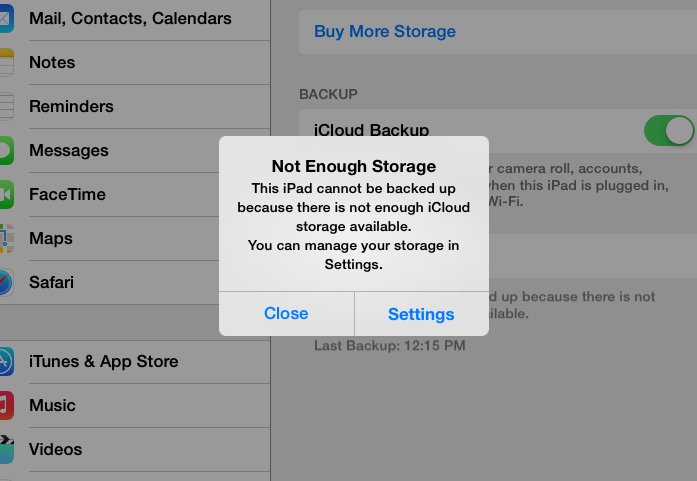
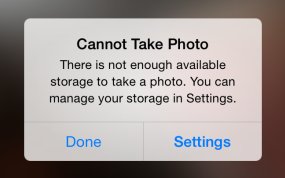
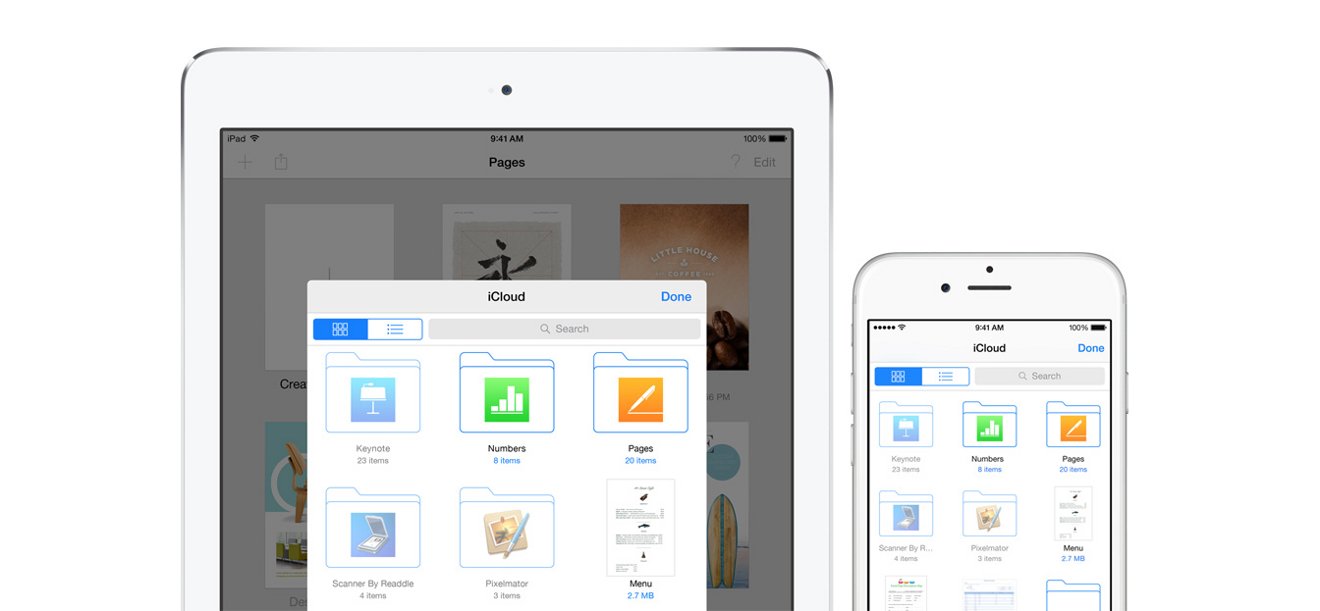
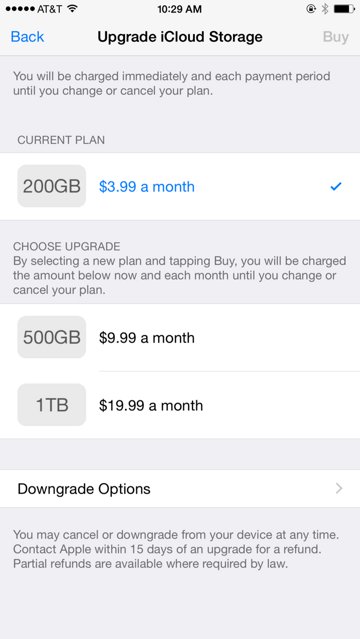
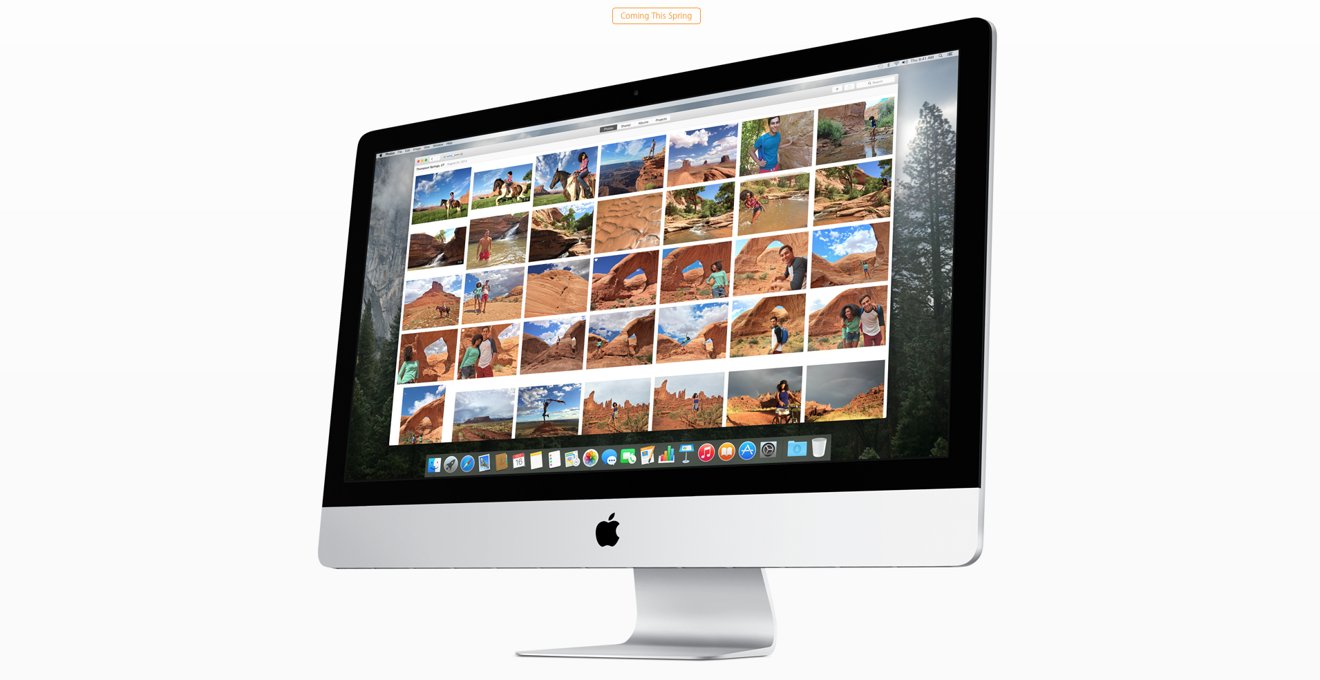








-m.jpg)






 Wesley Hilliard
Wesley Hilliard
 Malcolm Owen
Malcolm Owen
 Amber Neely
Amber Neely
 Christine McKee
Christine McKee
 Andrew Orr
Andrew Orr

 Mike Wuerthele and Malcolm Owen
Mike Wuerthele and Malcolm Owen










161 Comments
Well sorry, with all these things at least a tiny amount of thinking is required - Apple makes things very user friendly and easy to use but they shouldn't be dumbing down to the point of being ridiculous and pandering to people who don't wish to think or do anything except play candy crush. Also no I don't think it needs to be free, who exactly would that attract? Kids who can't stop taking selfies with no restriction whatsoever - is that what the world's greatest computer and technology company should be doing? Apple should be making existing features work reliably and adding exciting new ones, not trying to get more teenage kids to run riot in the Apple Stores or encourage the 'I want it free' selfie mentality.
There's a big difference between iTunes Match and photo storage. iTunes Match stores songs. If a million people have the same song, that song is only stored on Apple's servers once across all users. Huge space savings. But each photo is entirely unique. Huge space demands. I agree that Apple needs to do something to address this cloud storage problem, but I don't think it's wise business sense to just make it free. They are investing hundreds of millions of dollars into data centres... and users of those centres should be picking up the tab for that.
Well sorry, with all these things at least a ting amount of thinking is required - Apple makes things very user friendly and easy to use but they shouldn't be dumbing down to the point of being ridiculous and pandering to people who don't wish to think or do anything except play candy crush.
Yes, I agree with this to a point. The storage equation is not quite working well. I've already had to walk my gf through upgrading her iCloud storage twice now just so that she can take pics. Yet days later, her Photos app still says that her iCloud storage is full (but it's not). Multiple device restarts has not fixed that. Apple has more work to do.
Have been with Apple since owning my first Apple II in 1984. iCloud is easily one of the most confusing things I have ever seen come from them. In my opinion, if any remote storage is to be successful and gain any significant amount of traction among users, it must be 3 things, equally: 1) simple, 2) transparent and 3) complete. iCloud currently does not meet these 3 criteria. There's a reason that Apple doesn't boast about "80% of our installed base uses iCloud". Because they, including me, don't.
You forgot to add 'In My Opinion' - I don't see what's so difficult about it, except for a couple of times when they migrated from MobileMe to iCloud etc it's worked very reliably, very easy too in my opinion, it could in fact have more features but that might 'confuse' people and by complete you mean free so that nobody has to worry about reaching any limits or paying for anything? You also said you don't even use it!